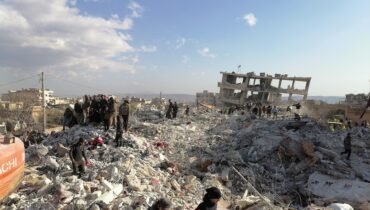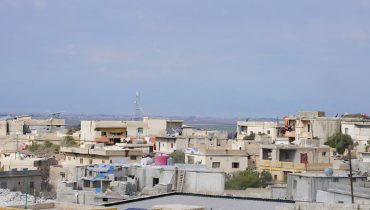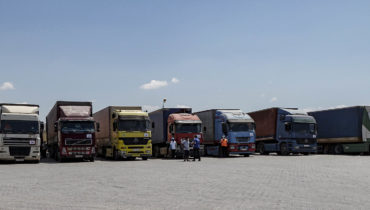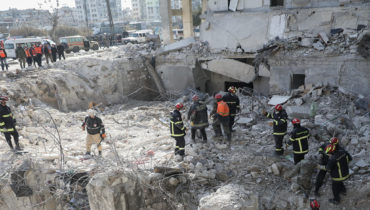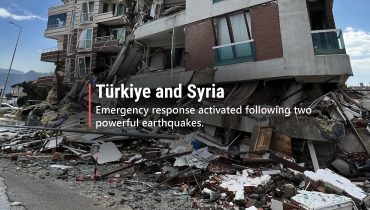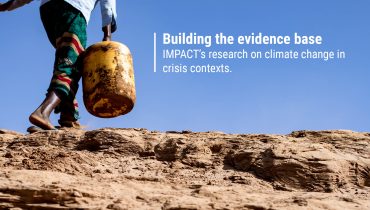REACH Establishes Addressing System in Camps across the Kurdistan Region of Iraq
5 December 2013
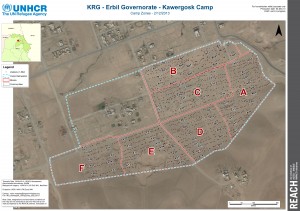 The Kurdistan Region of Iraq (KRI) has been hosting Syrian refugees fleeing the ongoing conflict in their country since 2012. Domiz camp – the largest camp across the KRI – was established in April 2012 and is currently hosting more than 45,000 refugees.
The Kurdistan Region of Iraq (KRI) has been hosting Syrian refugees fleeing the ongoing conflict in their country since 2012. Domiz camp – the largest camp across the KRI – was established in April 2012 and is currently hosting more than 45,000 refugees.
In addition, the rapid influx of refugees entering the KRI as of the evening of the 15th of August, 2013 took many humanitarian actors by surprise, resulting in the sporadic establishment of emergency camps. The sheer number of refugees and the makeshift nature of many camps has stretched the capacity and resources of aid actors, and led to major challenges in the provision of basic services to the refugees . In particular, the aid community has struggled to track and accommodate for the high mobility within and between the camps, after the closure of transit sites.
For this purpose, REACH is implementing a comprehensive addressing system in camps across the KRI. REACH has developed a shelter-level addressing system whereby in each camp all shelters are allocated with a unique letter-number code (“B-03-12” where B indicates the block, 03 the community and 12 the individual shelter).Through the support of UNHCR, all shelters present in Darashakran, Kawergosk, Basirma and Qushtapa camps to-date have been physically marked with this unique address. In addition, a database has been created referencing all address system components, and will be regularly updated based on the growth dynamics of the camps. Furthermore, in the permanent camps of Darashakran and Domiz a street-level addressing system will be implemented, thereby naming all major streets.
The addressing system will not only help households gain a better and more accurate understanding of their location in the camp, but also allow aid actors to deliver more efficient and effective aid, since the identification of sectors and blocks, down to family shelters, will facilitate planning on both large and small scales.
REACH will continue to update the addressing system in aforementioned camps, as well as conduct thematic assessments across the camps and regular camp infrastructure mapping activities.
To access all of REACH Iraq maps, situational and thematic reports, please visit REACH Resource Centre.


